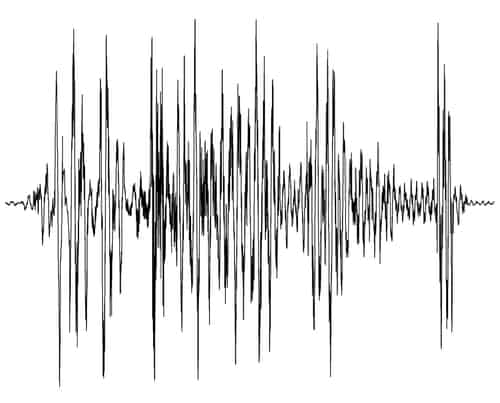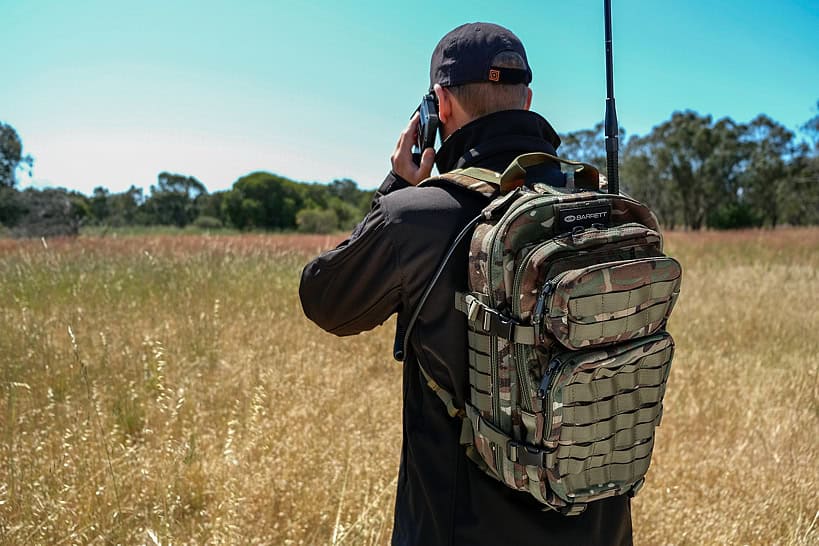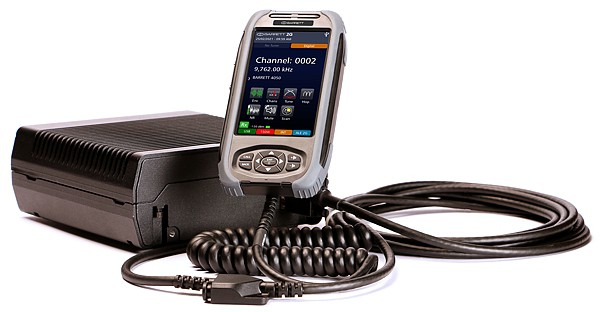Does a vehicle’s electrical system interfere with HF radio?
Organisations using vehicle-mounted HF radio setups must be aware of the existence of EMI on these communications systems. EMI can reduce effective communication range due to injected interference from the vehicle itself.
So what is EMI and how can its effects be reduced?
Let’s take a closer look at how vehicles can interfere with HF radio signals.
A combination of best practices and the right equipment will reduce the effect of EMI.
The causes of EMI
Nearly every piece of electrical and mechanical equipment in the world will emit some level of electromagnetic signal. When these signals radiate at frequencies within HF radio bandwidths, they can be picked up by nearby HF radio systems and cause reduced performance.
HF radio systems mounted in vehicles are particularly susceptible to EMI from electrical systems of the vehicle, such as fuel injector and computer controls. When users don’t take precautionary measures against EMI, the interfering signal can exceed the level of the desired received signal on the HF radio
All HF radio systems are susceptible to EMI, and it isn’t possible to completely eliminate the effect of EMI, however a combination of best practices and the right equipment will reduce its effect.
Strategies for reducing electromagnetic interference
The vehicle itself is a major source of EMI, so it is the best place to start for noise suppression. There are particular issues with a vehicle’s condition that can contribute to this interference; worn or damaged electrical equipment, poor battery and charging systems, and vehicle earthing and cabling systems can all contribute to EMI levels.
Specific HF radio equipment can include built-in features that will reduce the effect of EMI. For instance, the 4050 HF SDR (software-defined radio) transceiver from Barrett Communications uses a digital signal processor to remove background noise and interference, resulting in clearer audio. The processor also provides a boost to audio signals, making it easier to hear transmitted communications. All HF radio products from Barrett Communications include similar noise blanker technology.
 Barrett’s 2018 magnetic loop HF antenna can reduce the effect of EMI.
Barrett’s 2018 magnetic loop HF antenna can reduce the effect of EMI.Antennas for HF radio systems play a key role in EMI reduction by blocking interference from sources inside and outside of a vehicle. With a closed magnetic loop configuration, Barrett’s 2018 HF antenna filters out noise from the vehicle. As a high-Q tuned antenna, the Barrett 2018 has very steep band edges that only allow particular signals through. The antenna can also filter potential EMI from nearby high-voltage power lines and other external sources.
With decades of experience, the team at Barrett Communications can provide guidance on achieving optimal signal clarity to users of HF radio systems, including further strategies for reducing EMI. Contact us today to learn more.








